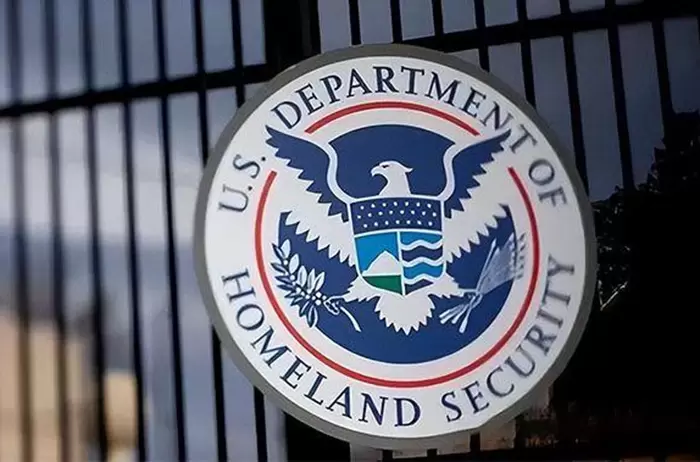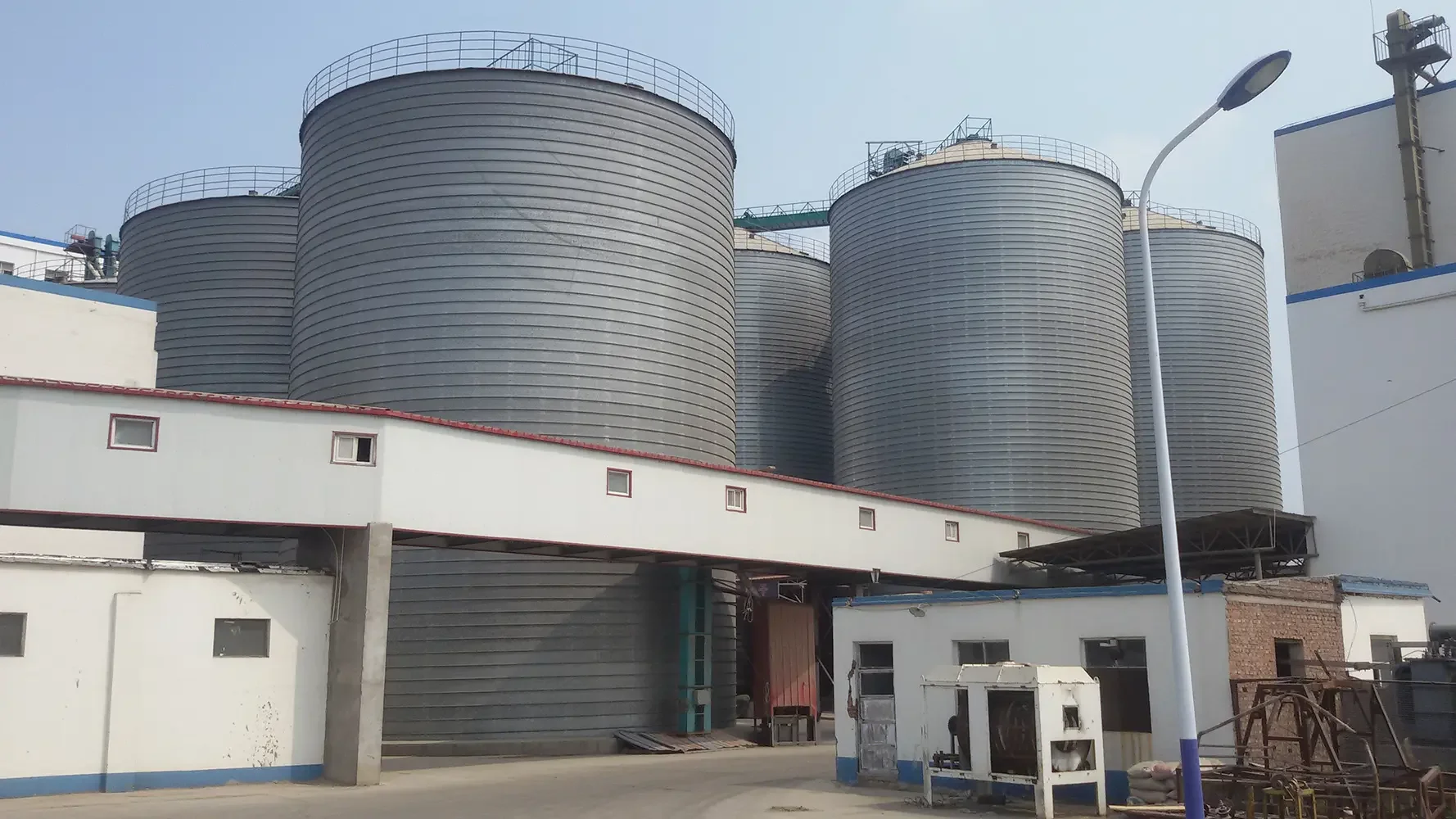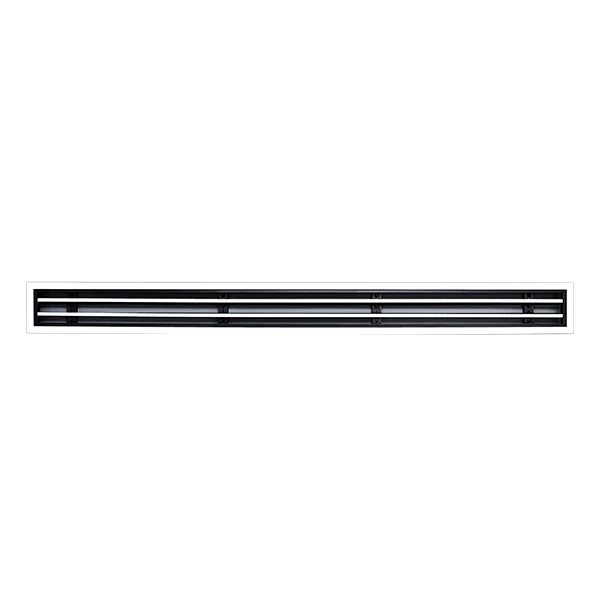In the ever-evolving landscape of global trade, businesses are constantly seeking ways to optimize their supply chains and reduce operational costs. One of the most significant expenses in logistics is the transportation of goods over long distances. Understanding the cheapest methods for transporting goods can lead to substantial savings and improved efficiency. This article delves into various strategies and modes of transport, providing insights into how businesses can effectively manage their logistics costs.
Understanding the Cost Factors in Long-Distance Transportation
Before exploring the cheapest transportation methods, it’s essential to understand the factors that influence transportation costs. These include:
- Distance: The farther the goods need to travel, the higher the transportation costs. However, economies of scale can sometimes mitigate this.
- Mode of Transport: Different modes (road, rail, air, sea) have varying cost structures. For instance, air freight is typically the most expensive, while sea freight can be more economical for bulk shipments.
- Weight and Volume: Heavier and bulkier items often incur higher costs, particularly in air and road transport.
- Fuel Prices: Fluctuations in fuel prices can significantly impact transportation costs across all modes.
- Handling and Packaging: The way goods are packaged and handled can also affect costs, especially if special handling is required.
The Cheapest Transportation Methods
- Rail Freight
For long-distance transportation, rail freight is often one of the most cost-effective options. Trains can carry large volumes of goods over vast distances at a lower cost per ton compared to trucks. Rail transport is particularly advantageous for bulk commodities such as coal, minerals, and agricultural products. Additionally, rail networks are expanding in many regions, making it a viable option for more businesses.
Pros:
- Economies of scale for bulk shipments.
- Lower carbon footprint compared to road transport.
Cons:
- Limited flexibility in terms of routes and schedules.
- Requires additional logistics for last-mile delivery.
- Sea Freight
When it comes to international shipping, sea freight is the most economical choice for transporting large quantities of goods. Container ships can carry thousands of tons of cargo, significantly reducing the cost per unit. While sea freight is slower than air transport, it is ideal for non-perishable goods and bulk items.
Pros:
- Cost-effective for large shipments.
- Suitable for a wide range of goods.
Cons:
- Longer transit times.
- Potential delays due to port congestion.
- Road Freight
While road transport is generally more expensive than rail or sea, it offers unmatched flexibility and accessibility. For businesses that require door-to-door delivery, road freight can be the most practical solution. Utilizing a combination of road and rail transport can optimize costs and efficiency.
Pros:
- Flexibility in routes and schedules.
- Direct delivery to final destinations.
Cons:
- Higher costs per ton compared to rail and sea.
- Vulnerable to traffic and weather conditions.
- Intermodal Transportation
Intermodal transportation combines multiple modes of transport, such as rail and truck, to optimize costs and efficiency. By leveraging the strengths of each mode, businesses can reduce overall transportation expenses while maintaining flexibility. For example, goods can be transported by rail over long distances and then transferred to trucks for final delivery.
Pros:
- Cost savings through optimized routes.
- Flexibility and reduced transit times.
Cons:
- Complexity in logistics management.
- Potential for delays during transfers.
Additional Cost-Saving Strategies
Beyond selecting the right mode of transport, businesses can implement several strategies to further reduce transportation costs:
- Consolidation of Shipments: Combining smaller shipments into a single larger shipment can reduce costs significantly. This is particularly effective for businesses that frequently ship goods to the same destination.
- Negotiating Contracts: Building relationships with freight carriers and negotiating long-term contracts can lead to better rates and terms.
- Utilizing Technology: Implementing logistics management software can help businesses track shipments, optimize routes, and manage inventory more effectively, leading to cost savings.
- Sustainability Practices: Adopting sustainable practices, such as using fuel-efficient vehicles or optimizing load capacities, can reduce costs and improve a company’s environmental footprint.
Conclusion
In conclusion, the cheapest way to transport goods over long distances involves a careful analysis of various factors, including the mode of transport, shipment size, and logistical strategies. By leveraging rail and sea freight for bulk shipments, utilizing intermodal transportation, and implementing cost-saving strategies, businesses can significantly reduce their transportation expenses. As the logistics landscape continues to evolve, staying informed about the most cost-effective methods will be crucial for maintaining a competitive edge in the market.




